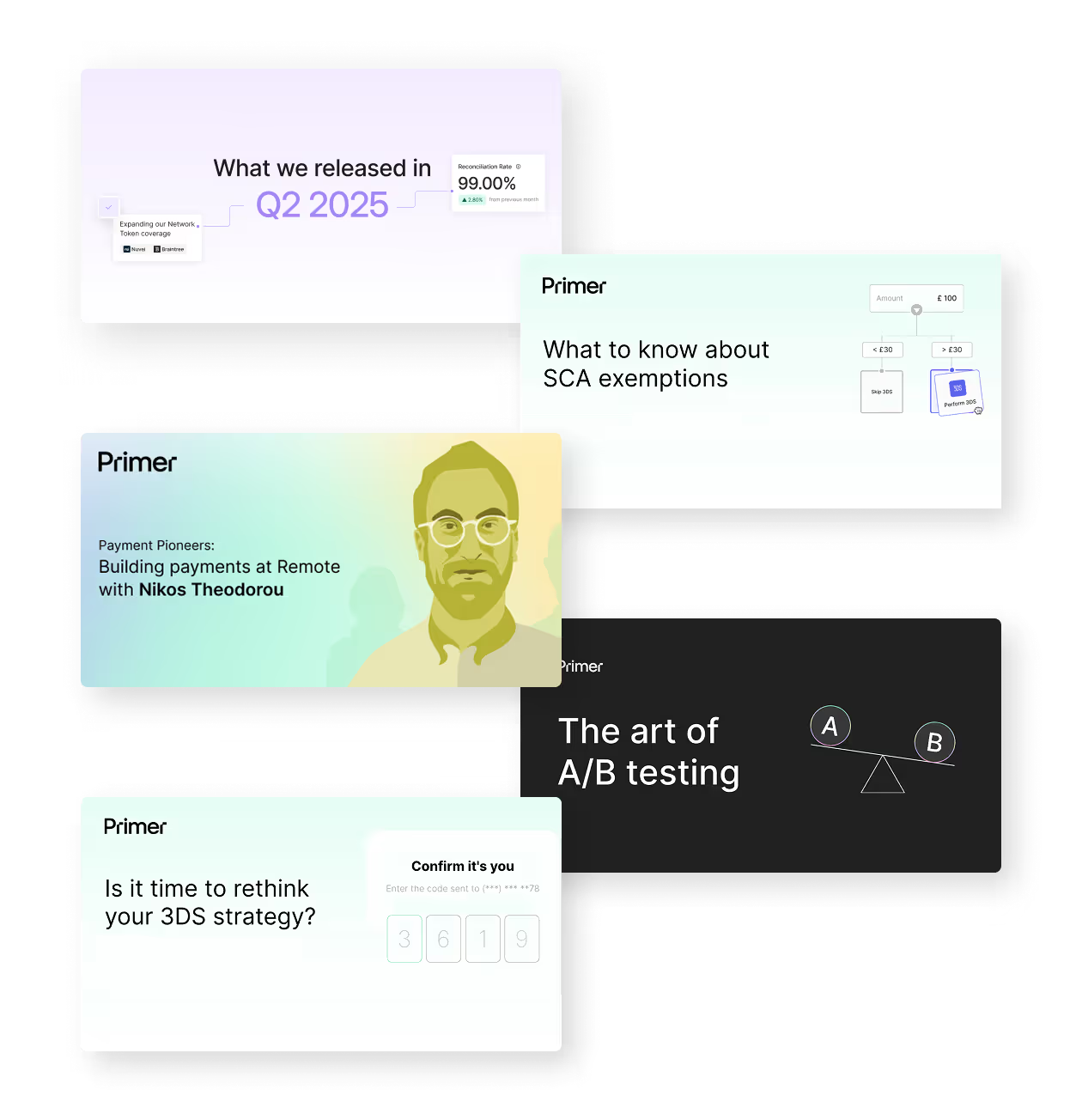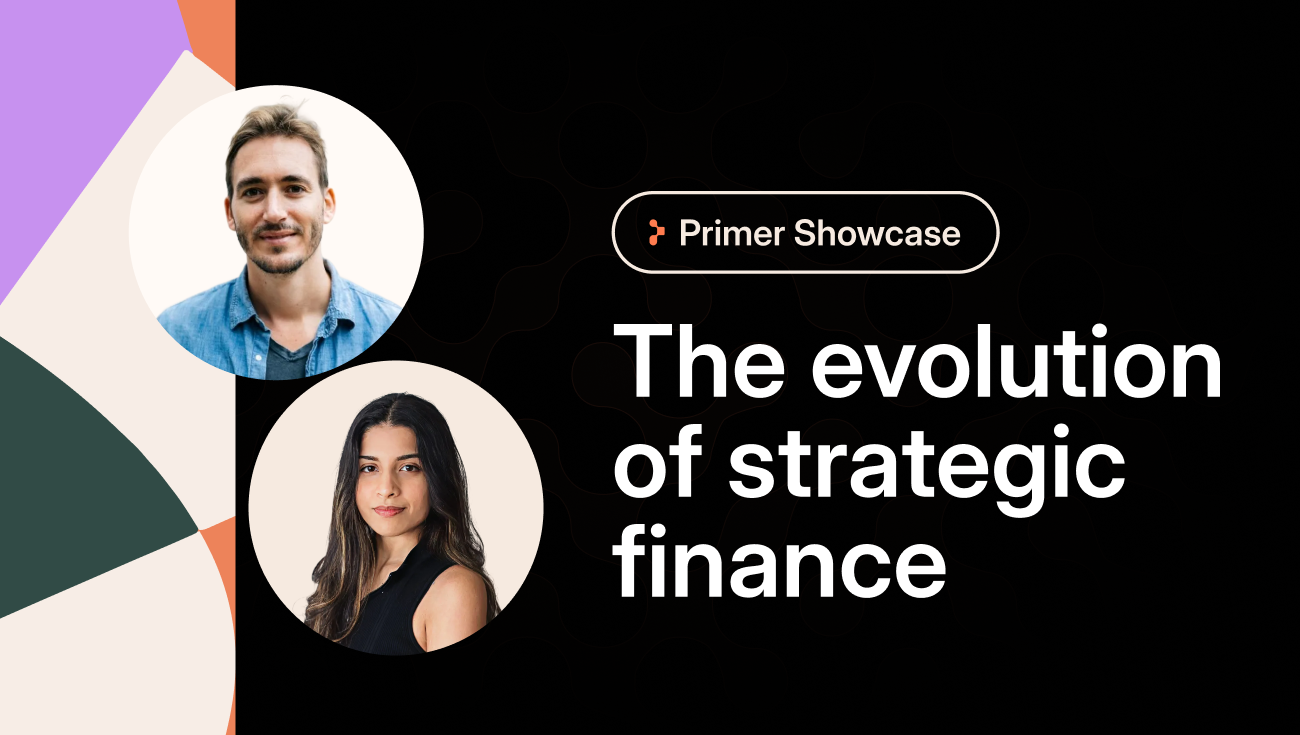Let's get straight to the point: Merchant adoption of payment orchestration platforms is far from widespread. While more merchants are beginning to embrace payment orchestration, we've not yet crossed the chasm.
There are plenty of reasons that may be the case. These range from businesses simply not focusing enough on payments to payment leaders not having the time or space to think about anything but maintaining the status quo right now—spoiler alert, that might be a good reason to seriously consider using a payment orchestration platform.
But enough of why merchants aren't using payment orchestration yet. Instead, let's explore some of the drivers and motivations we most typically see inspire merchants to take the first step in bringing a payment orchestration platform on board.
Your engineering team struggles to maintain integrations with all your different payment processors and providers.
The payments ecosystem has never been as complex and fragmented as it is now. If you’re working for a business operating at any scale, you’ll likely need to integrate with multiple payment processors and a handful of payment methods.
That’s the baseline. You can increase those numbers significantly if you work for a business operating in multiple markets. And you might also want to bring in specialist fraud providers to implement your fraud prevention strategy.
That’s a lot of connections for your engineering team to build and maintain.
Removing this burden for the engineering team and having them only have to make and maintain one integration is a common reason for businesses to turn to a payment orchestration platform.
You’re looking to stop payments from being a blocker for your business and unlock more flexibility and agility.
All businesses have finite resources. Payment leaders must fight to get their share of those limited resources, especially in the engineering department, to ensure they can deliver on their objectives.
I’ve spoken with countless payment leaders who’ve expressed this frustration with this status quo. And it’s understandable. It makes you look bad when enabling a new payment method, entering new markets—or basically anything—takes months to achieve. It’s also no fun constantly fighting your case to get on the engineering roadmap.
Adopting a payments infrastructure changes this equation. Almost overnight, the frequent meetings with the engineering team disappear from the calendar, and you’re free to add and manage all your different payment services at the click of a button.
"Payments should be easy to manage without too much technical debt. With Primer, it was click, click, DONE." Roy Wijkstra, Founder of CodesDirect—Read the case study.
You want to improve your payment performance and better control your payment traffic.
Okay, so far, we’ve looked at motivations born out of frustration that lead merchants to consider a payment orchestration platform. But it’s not always this way. We work with plenty of merchants who, while not immune from the issues above, could have continued to manage without an orchestration platform—even if adopting one would make their lives much more straightforward.
However, these merchants have chosen to use a payment infrastructure because they’re looking to take more control over their payment flows and drive performance improvements. And with a payment orchestration platform, there are many ways to do this. Here are just a few:
Increase authorization rates
Who doesn’t want to increase authorization rates? With an orchestration platform, you can typically achieve these—especially if that platform leverages AI to perform genuine ‘smart routing’ of transactions based on countless data points to give each payment the best chance of success.
Recover revenue
The ability to implement fallbacks that automatically retry payments through another processor should the initial one fail is a major selling point for an orchestration platform. It’s clear why: it can save you millions of dollars in potentially lost revenue.
Manage processing costs
Using a tool like Split, you can easily decide what percentage of your volume you direct to each payment processor. This is handy if you have minimum volume commitments or a pricing agreement that sees your processing costs decrease if you send a certain volume of traffic to the PSP.
You’re looking to consolidate and better utilize your payment data.
There is a lot of insight to be found in your payment data. The issue is consolidating and surfacing that data without having access to a full-time team of engineers and data scientists.
And that’s where an orchestration platform comes in. Think about it: it’s unifying all your payment flows and can also unify your payment data.
Now, admittedly, this isn’t a primary motivation for merchants looking for a payment orchestration platform to date. But maybe it should be.
For starters, using a payments orchestration platform to orchestrate your payment data could relieve much of the pain of collecting the data needed to report effectively on payments.
But that’s just scratching the surface; you can unearth key business insights from your payments data.
"Knowing what’s going on with all our transactions is a powerful resource for the entire team and has helped them understand how payments fit into our business." Kyle Heller, Co-Founder and CPO at Veeps—Read the case study.
You want to be prepared for what’s next
The payments landscape, just like your business, isn’t static. Change is constant, but many payment functions, due to many of the areas we’ve spoken about, can’t keep up. But with a leading payment infrastructure, you’re future-proofed.
You can expect it to be ahead of the game, integrating the payment methods your customers demand before they demand them. You can expect it to empower you to make changes, enter new markets, and support your business in launching new business models at the pace your C-Suite expects. And you can expect it to give you the tools you need to unleash the full potential of payments in your business,
Are you ready for a payment orchestration platform?
Did any of these points resonate with you? I’d bet at least one did. But has it convinced you that bringing on a payment orchestration platform is right for your business? If it has, great; we’ve put together a handy guide to help you find the provider that best meets your requirements.
If you’re still not quite there, that’s fair enough. But I’d recommend you look at our case studies to see how other businesses have solved significant challenges and unleashed their payment potential using payment orchestration.




(1).png)
.png)